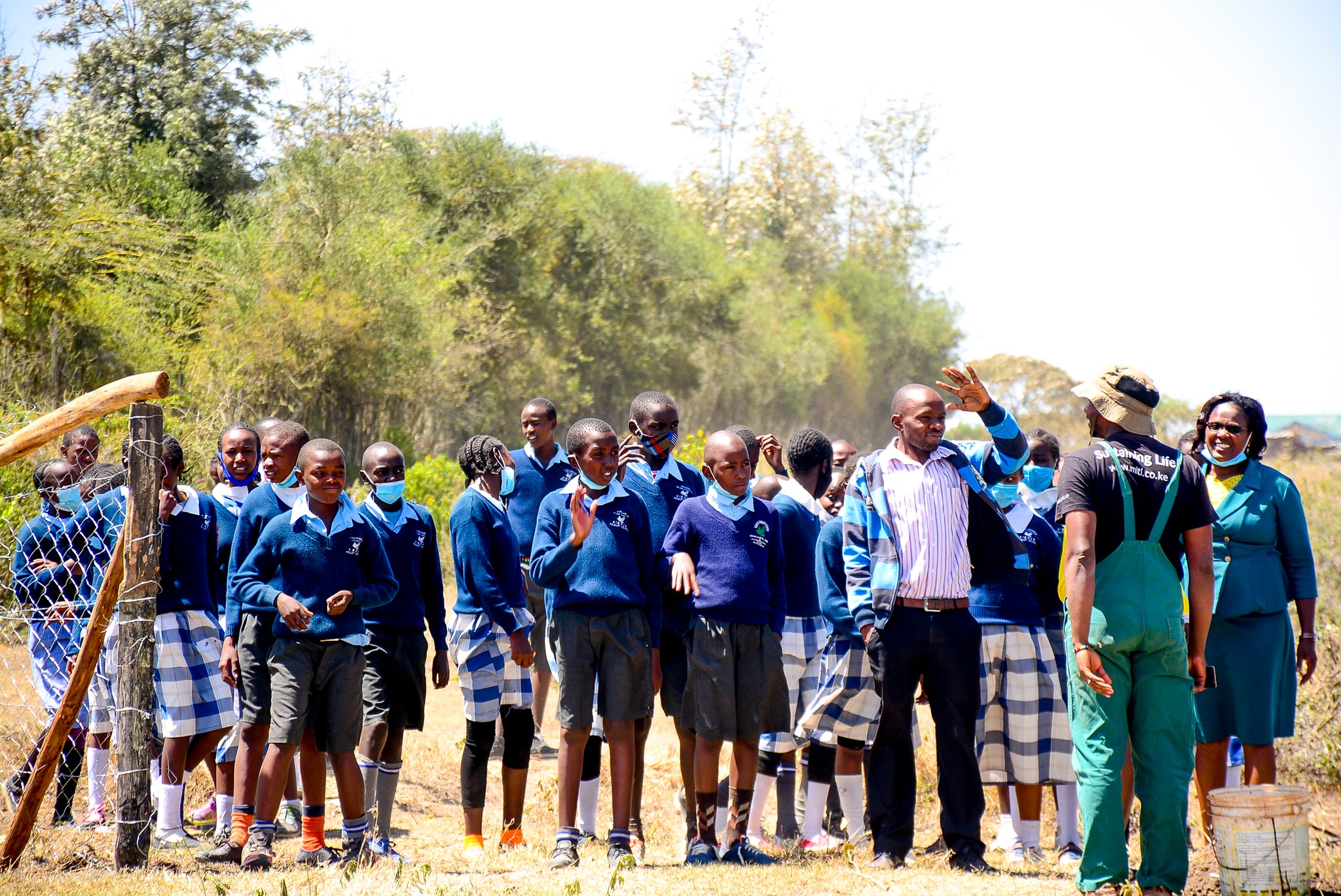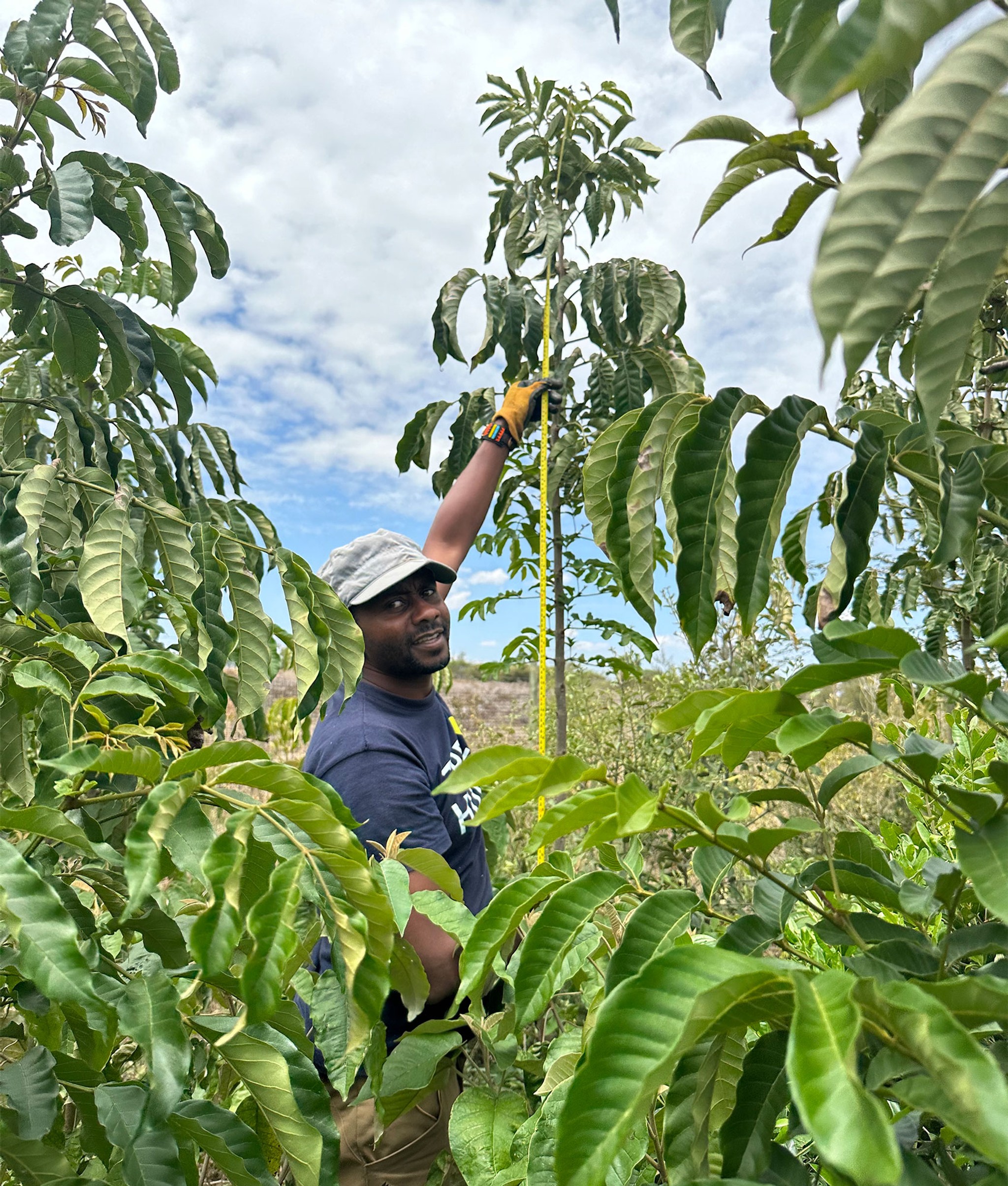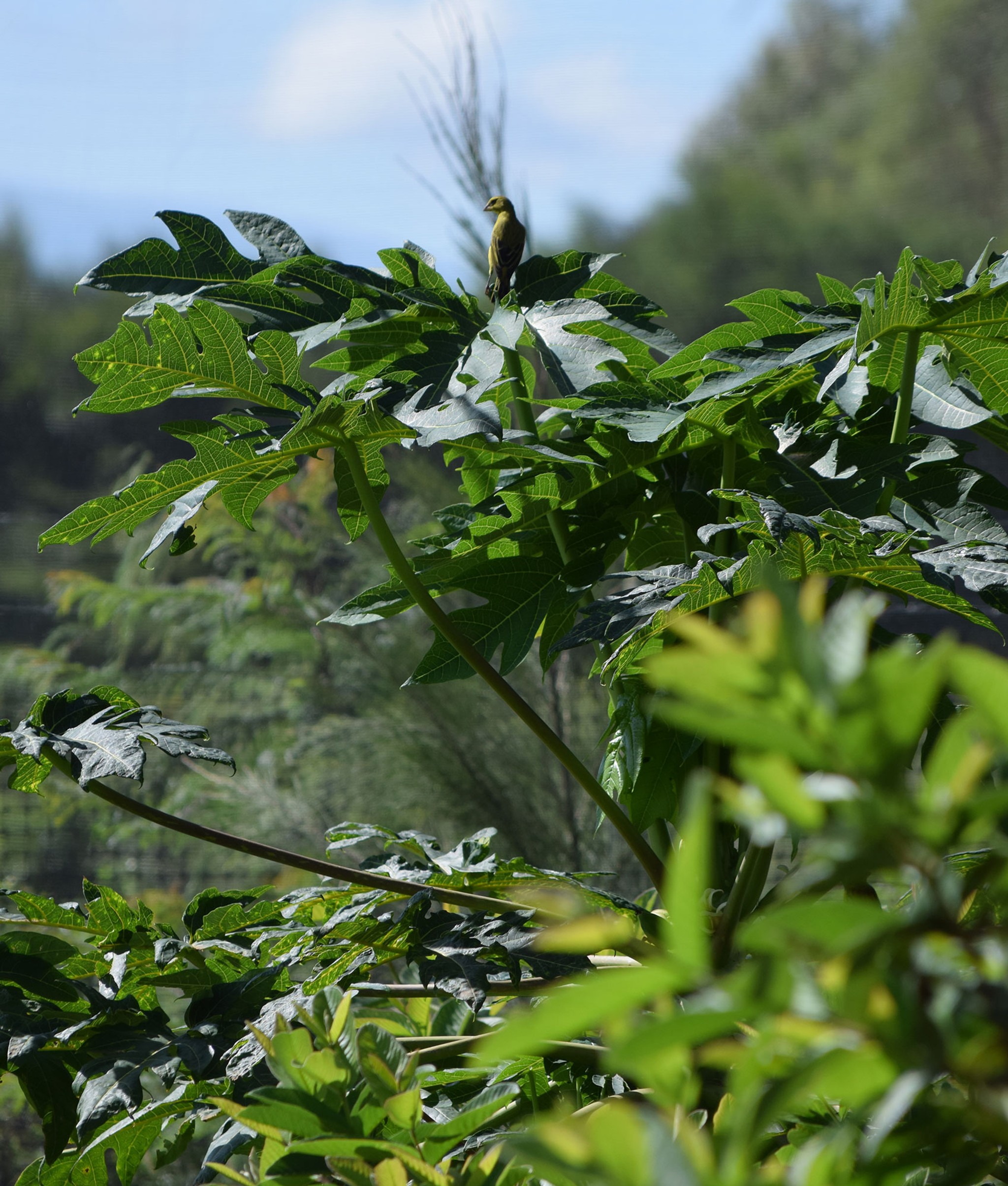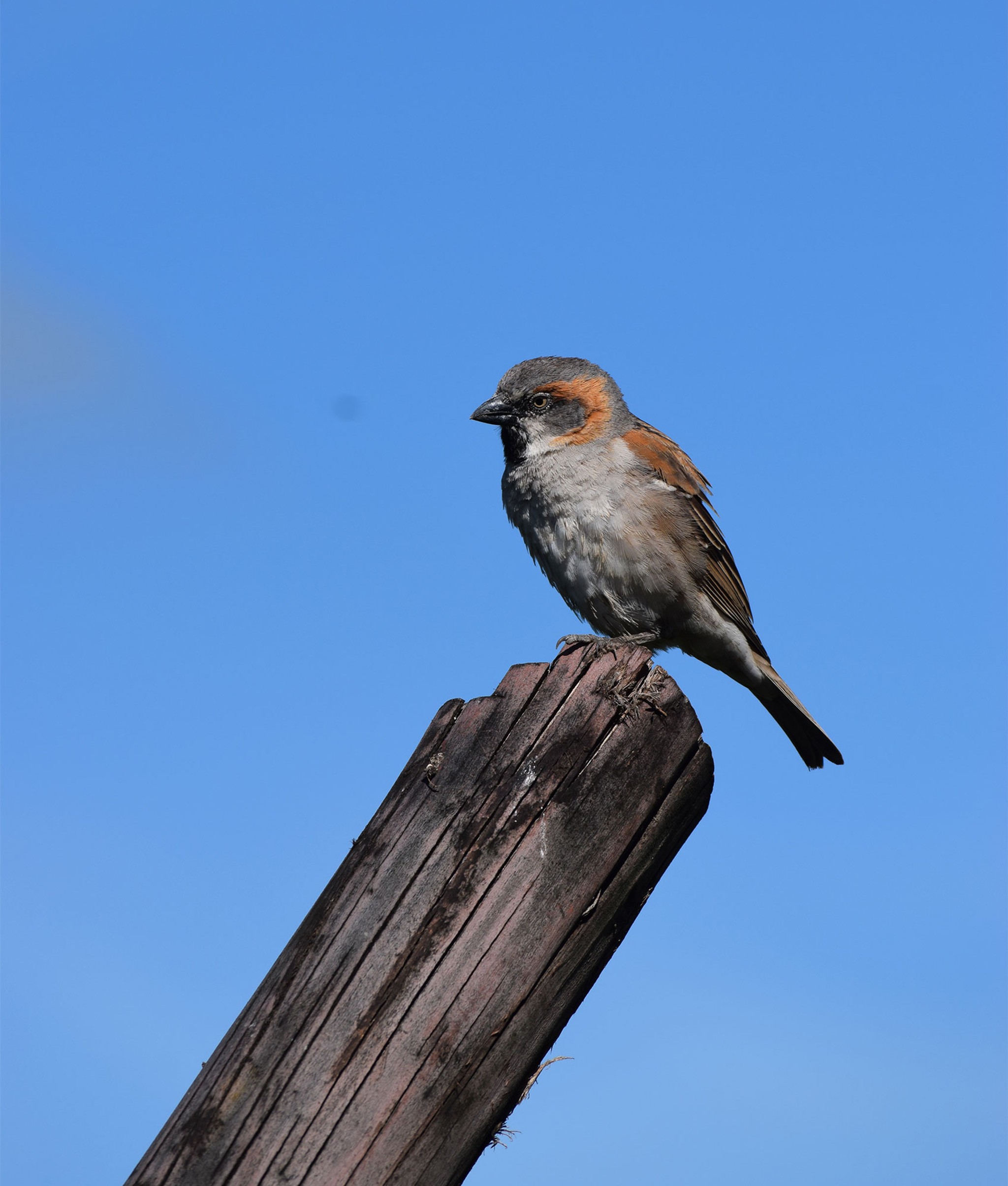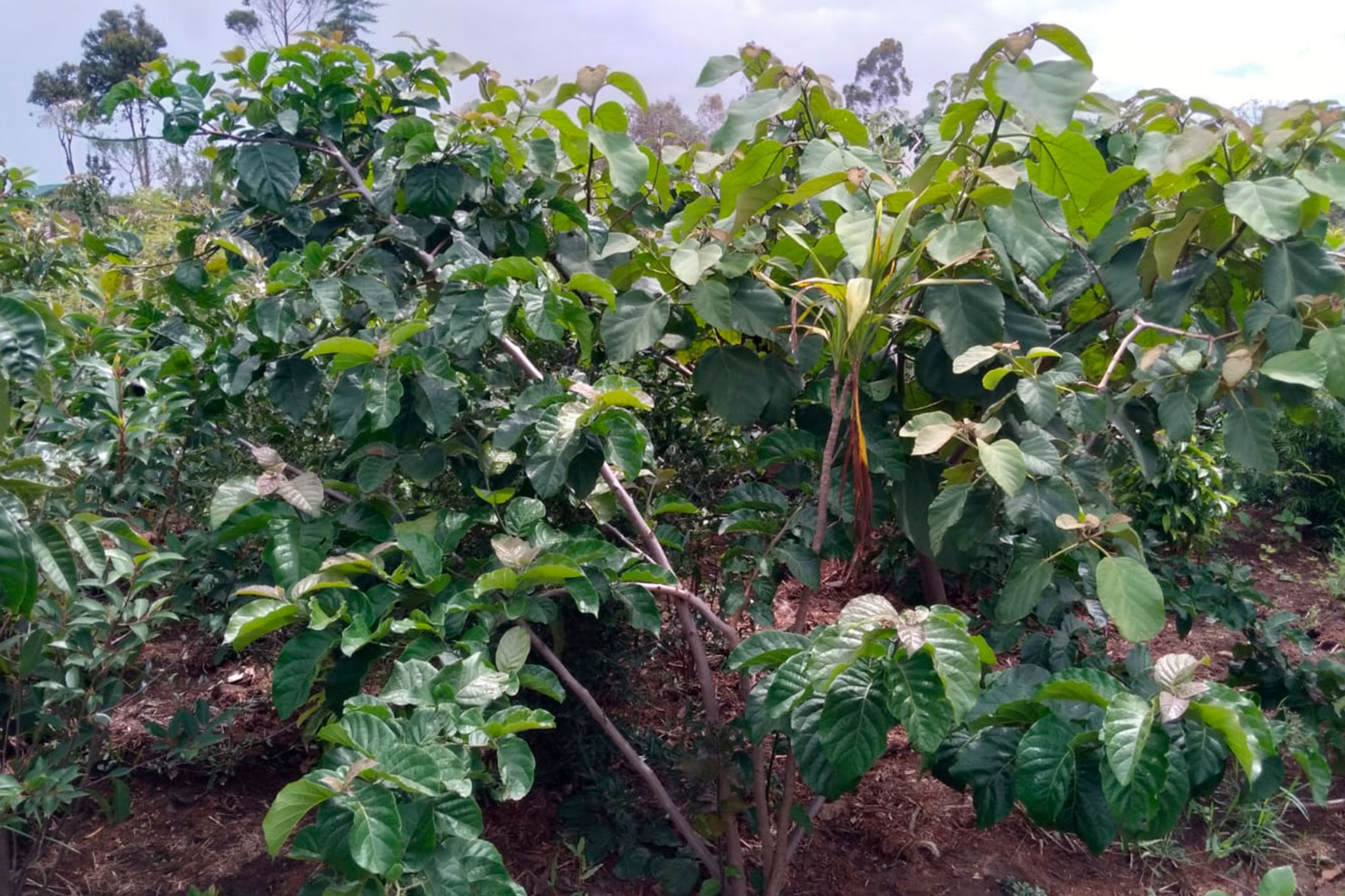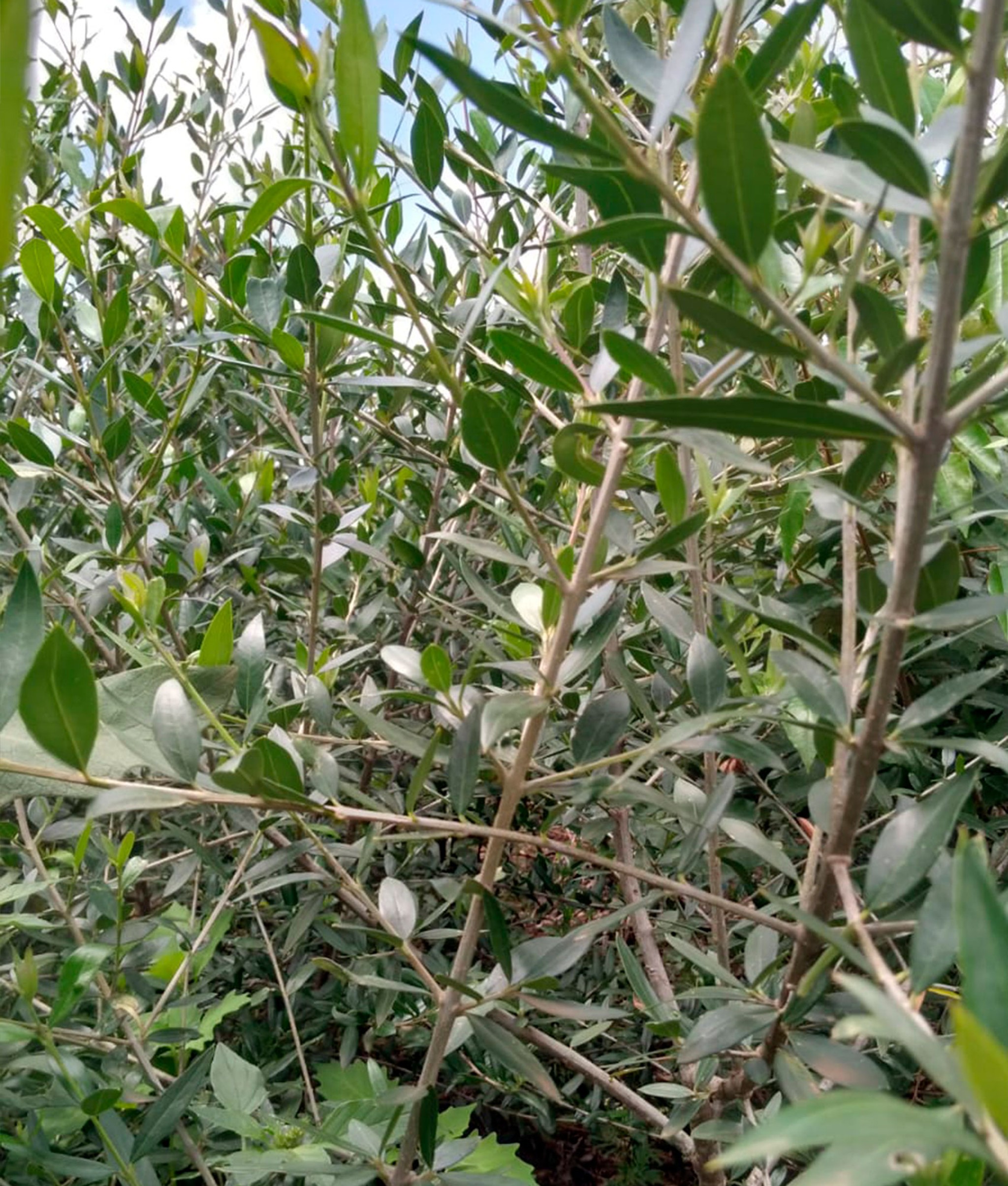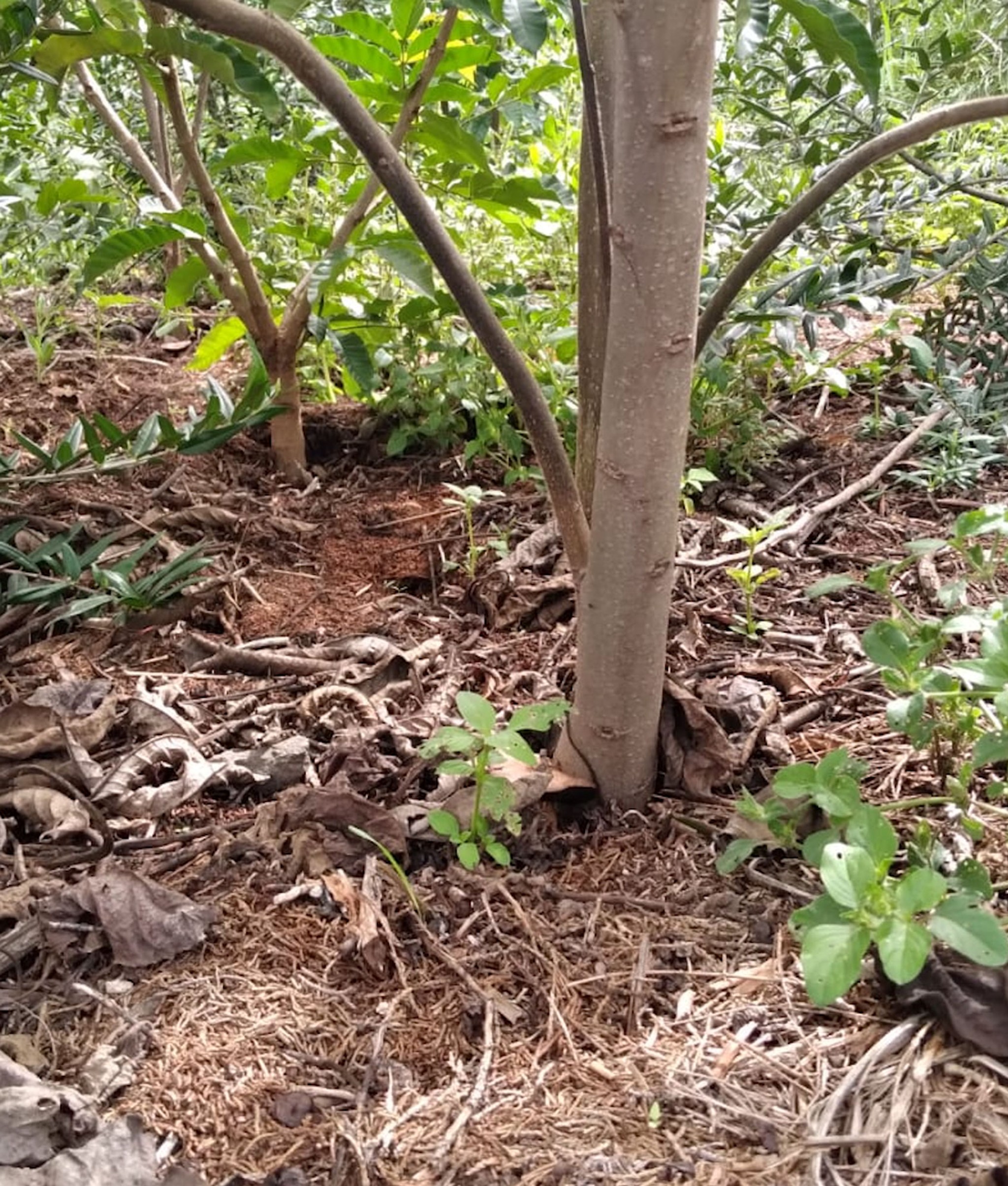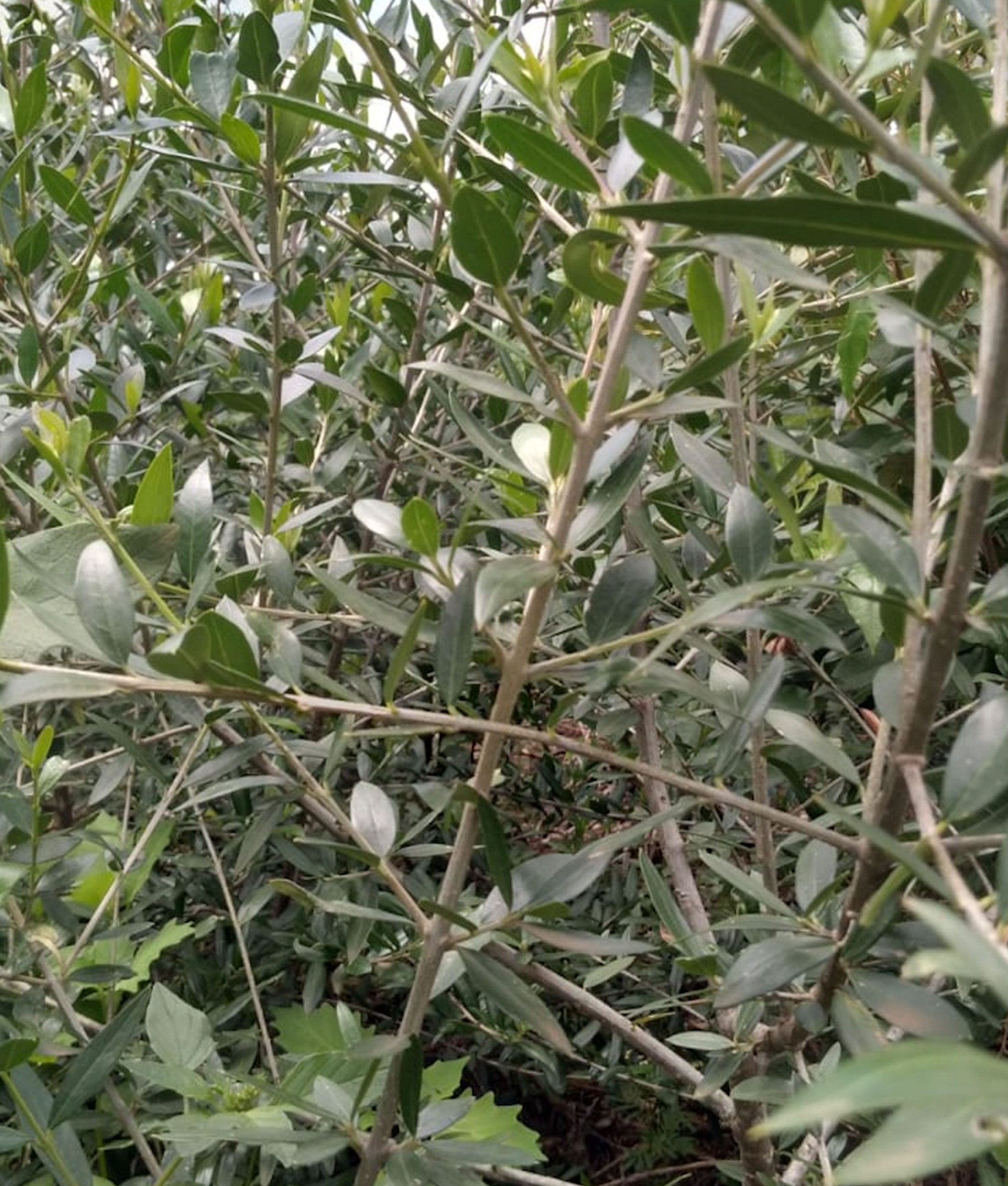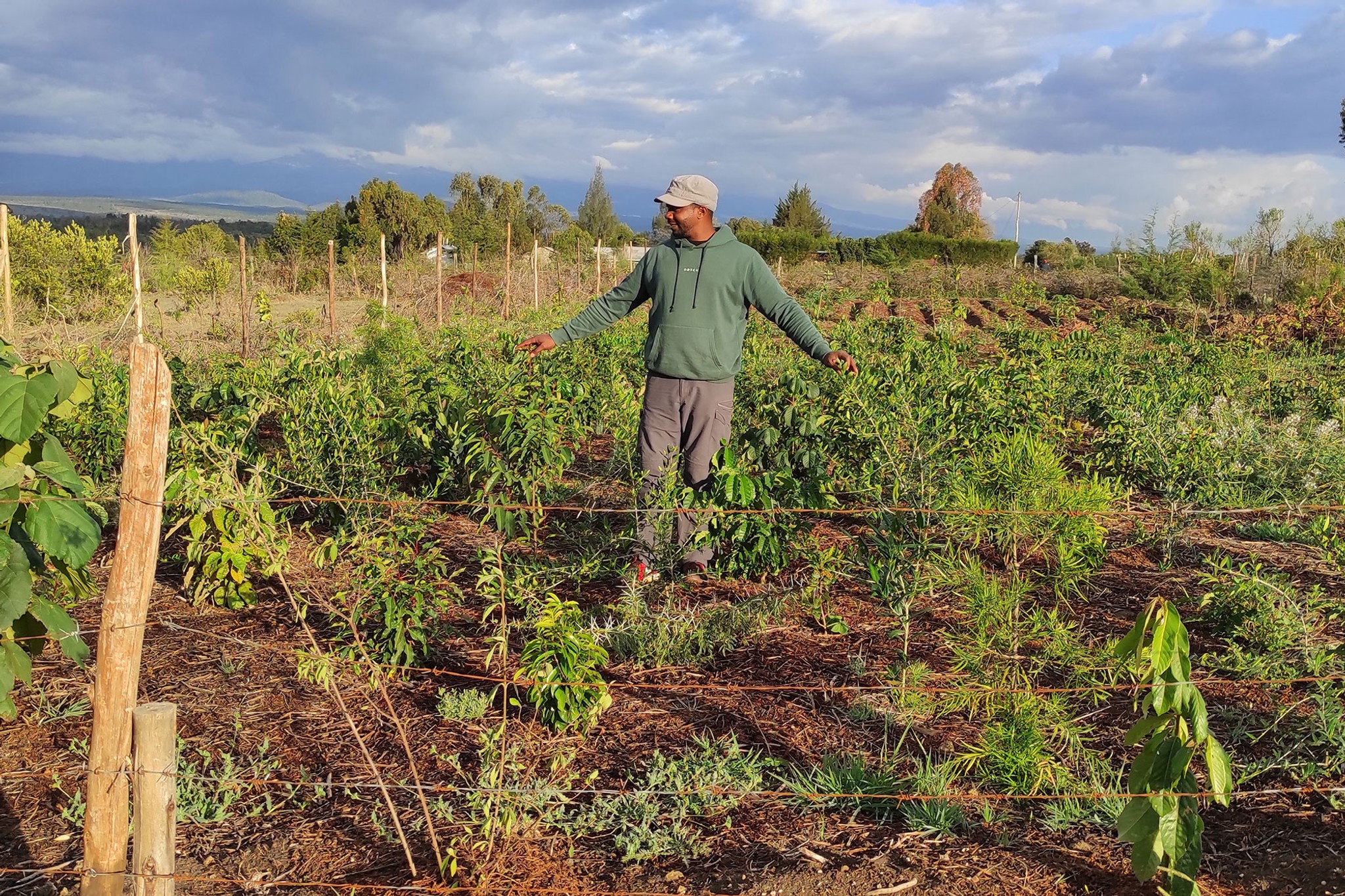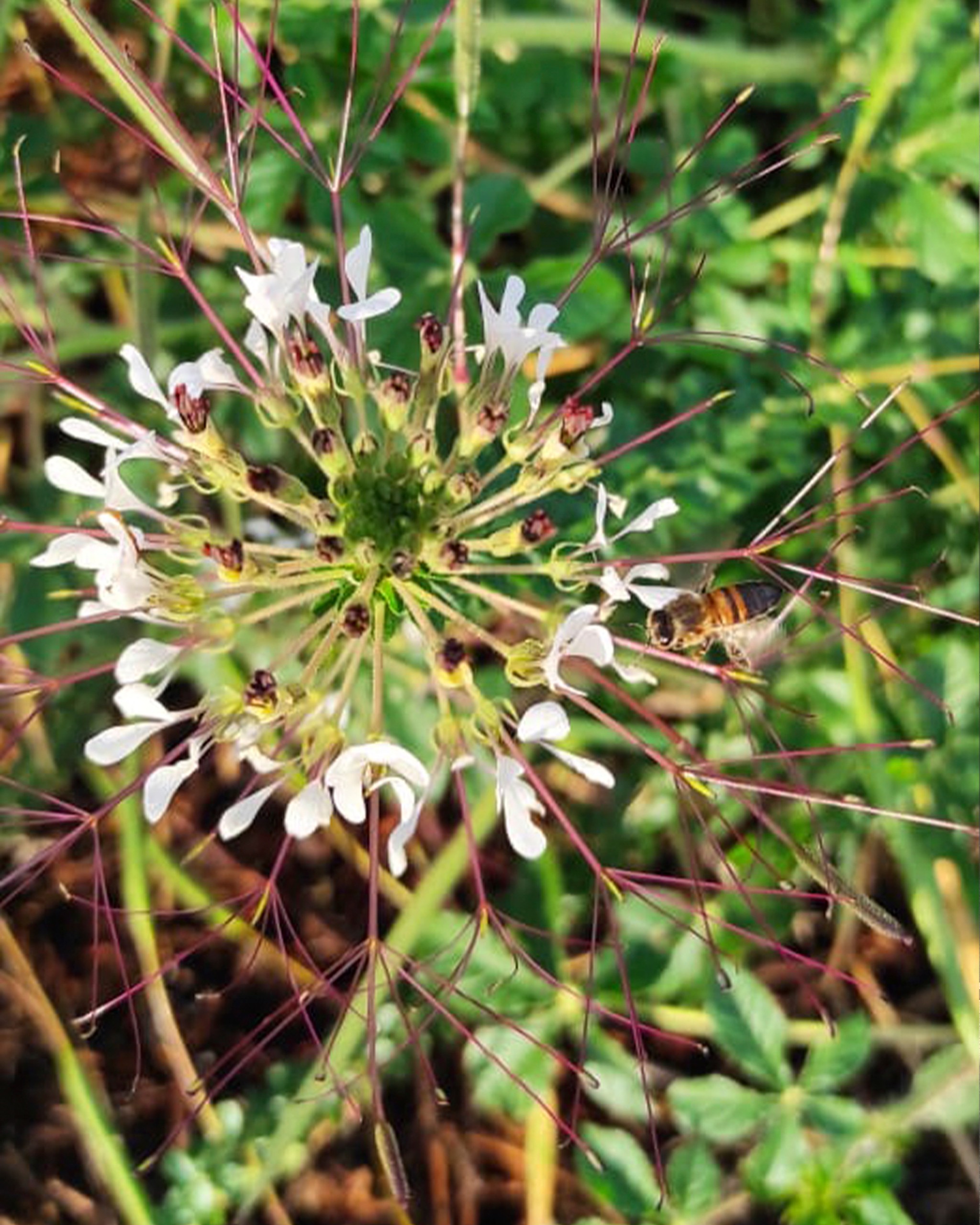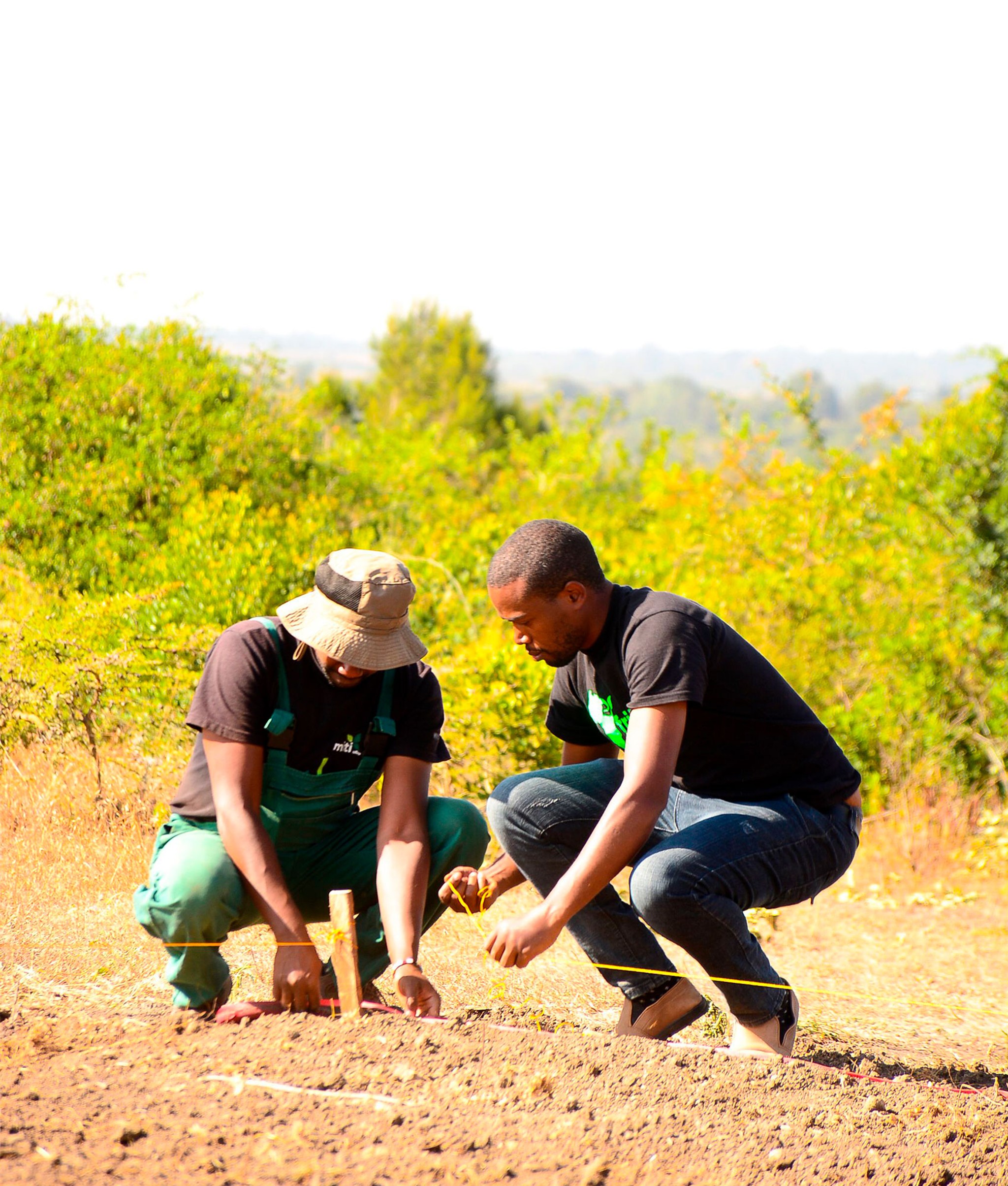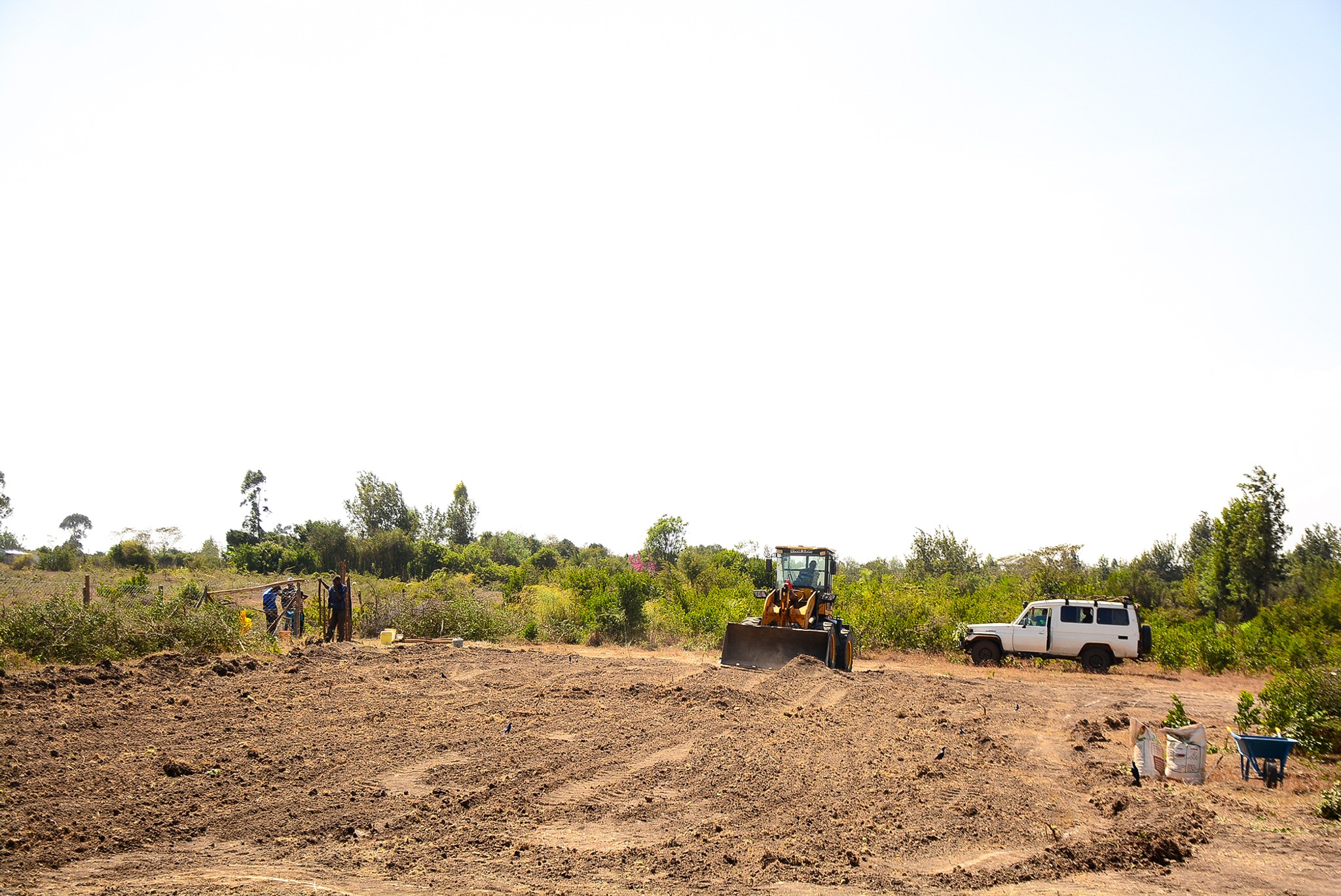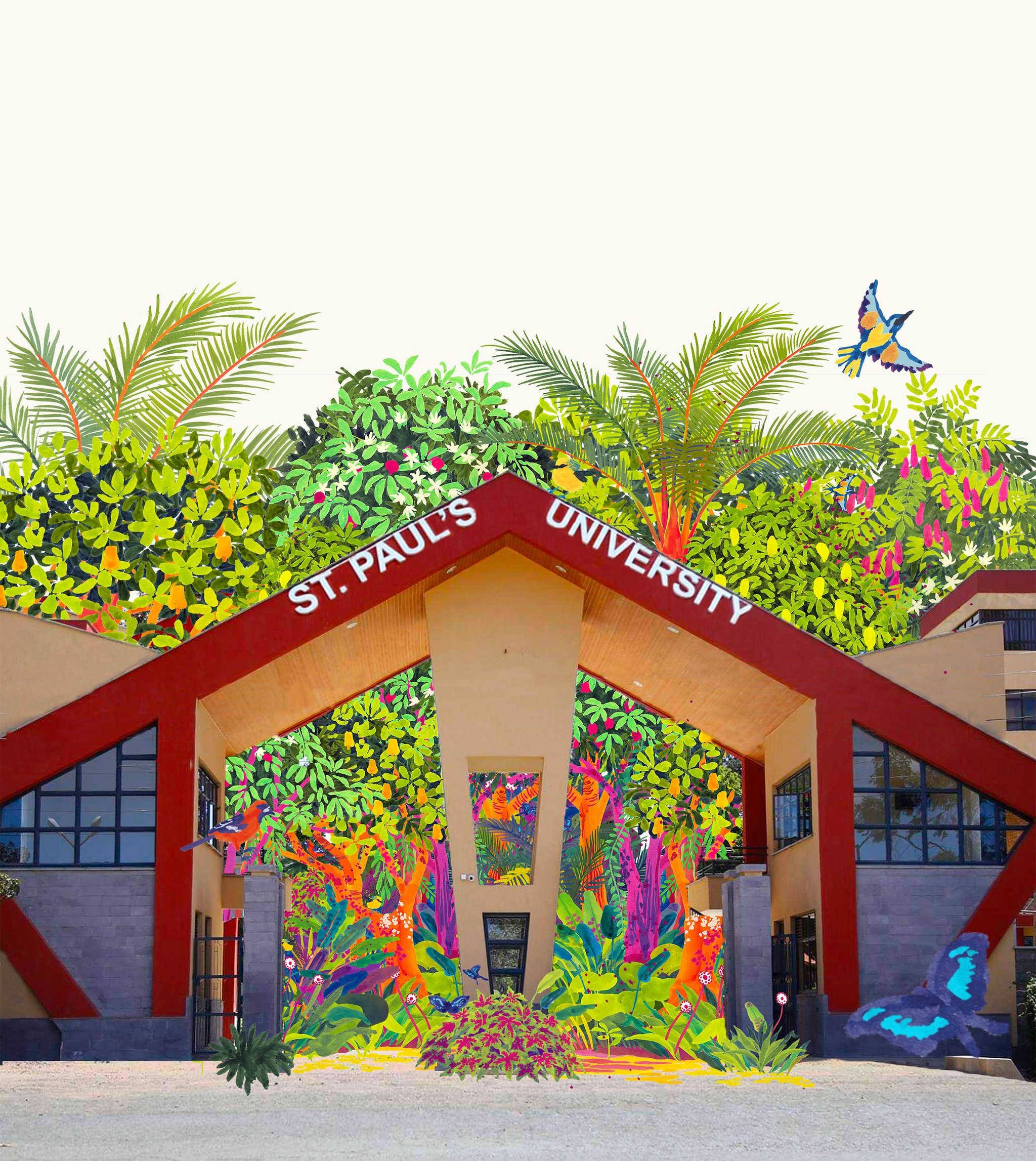Naru Moru
A learning center for future generations in Githima.
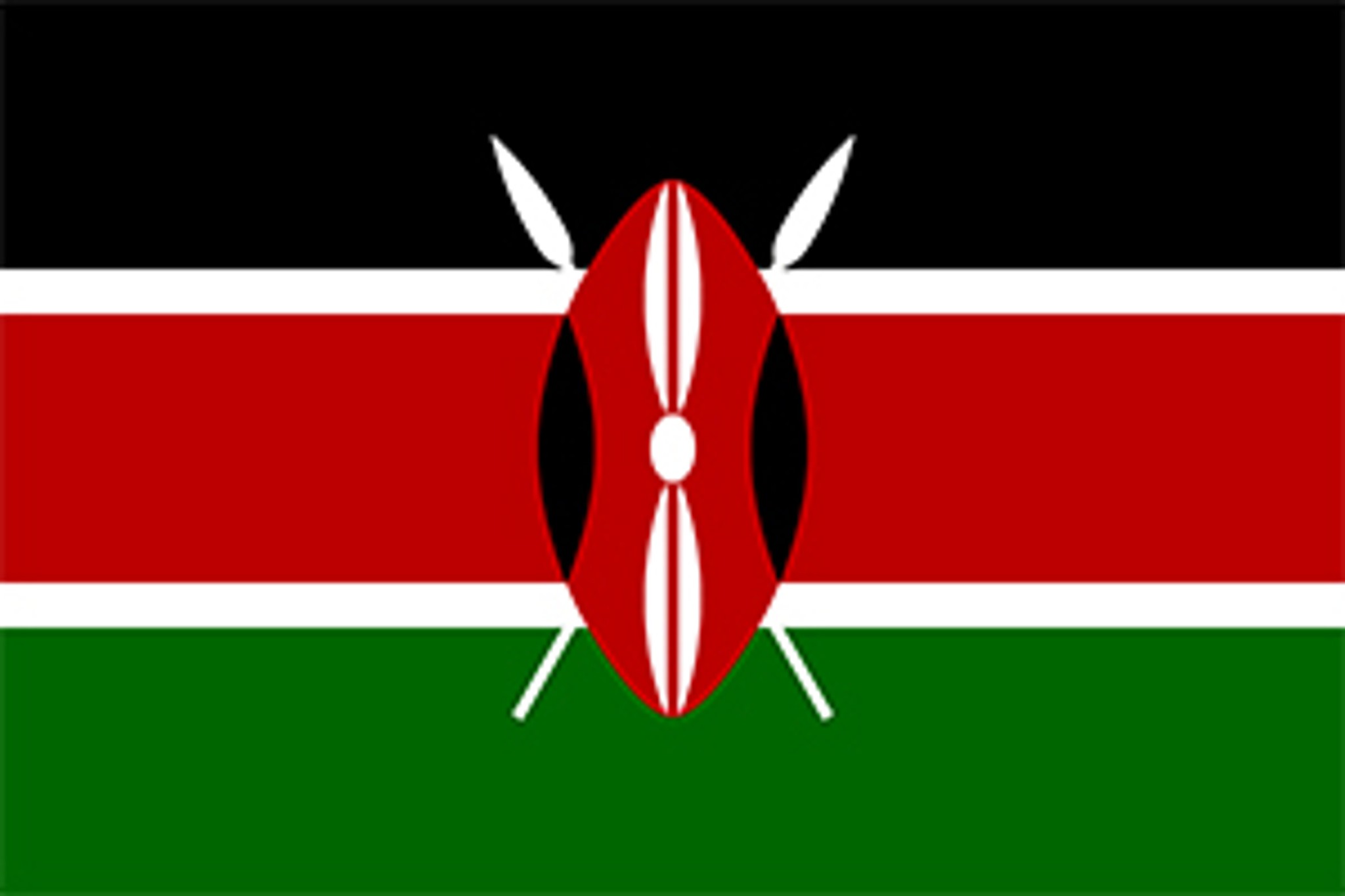
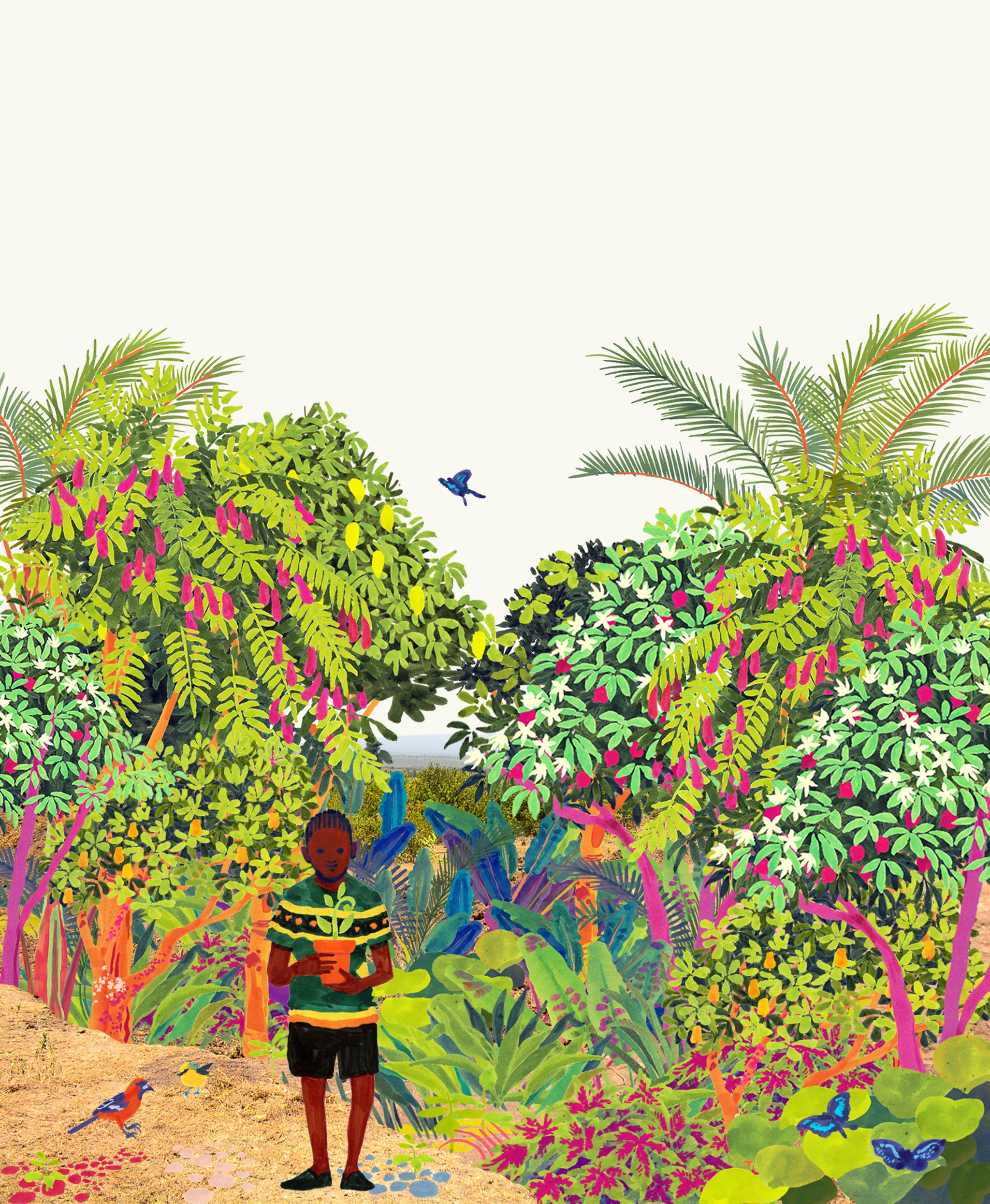
0
Trees
0
Square Meters
0
Native Species
Self Sustaining Forest
Planted in March 2021, Naru Moru continues to flourish as a beacon of resilience. Located in a dry region, the forest has become a lush, vibrant space that has brought new life to the area. Over time, the community has taken notice of its rapid growth, particularly during the rainy season when bees and other pollinators thrive. The mornings in the forest are particularly beautiful, with the sound of birdsong creating a serene atmosphere that makes the forest a beloved space for both locals and visitors.
Naru Moru is home to a wide variety of plant species, including the sycamore fig (Ficus sycomorus) and Cape mahogany (Trichilia emetica), that support the forest’s growing biodiversity. Local people have reported sightings of various insect species, abundant birdlife and even snakes.
Forest Maker
Michael Waiyaki

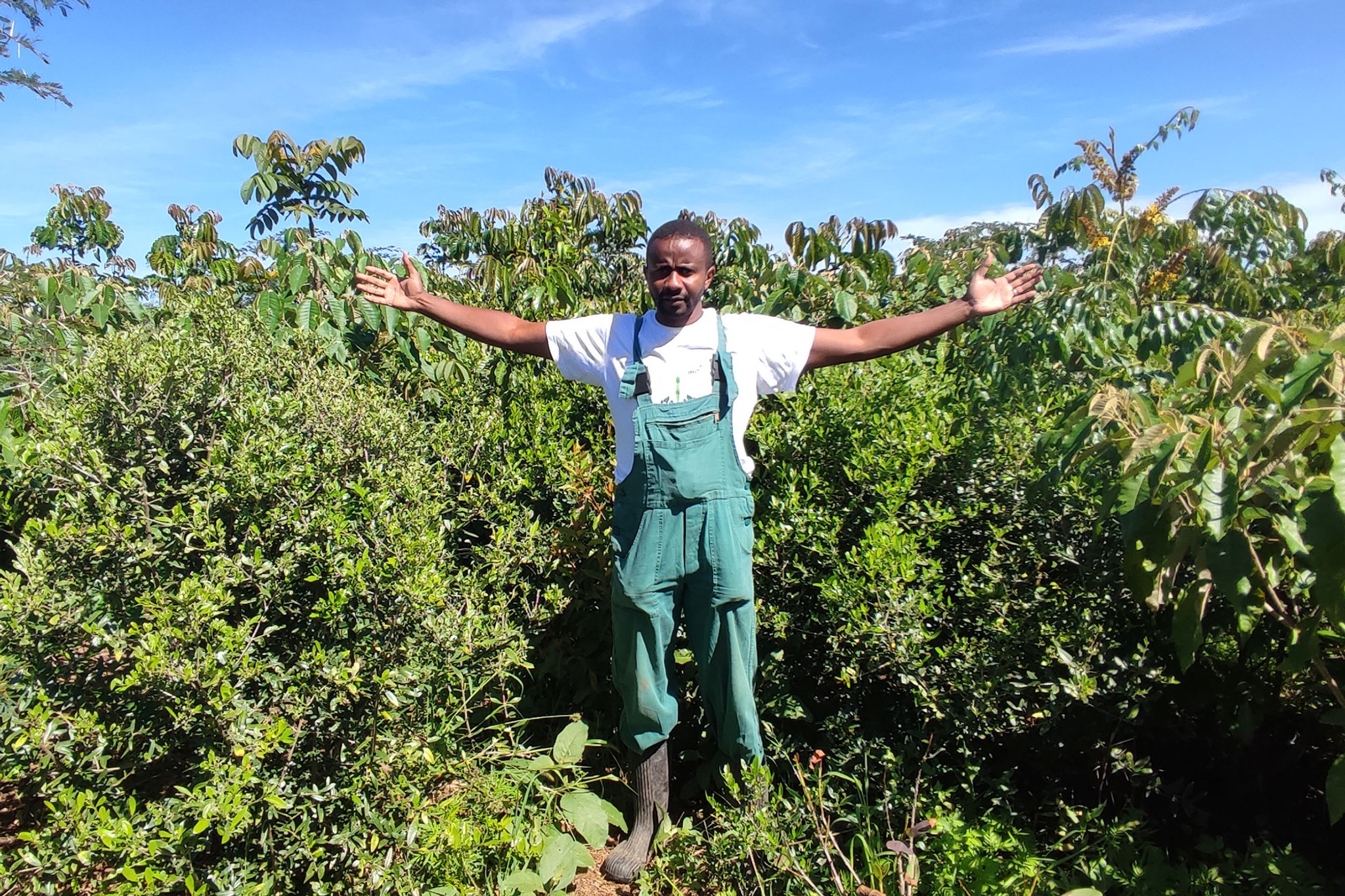
Ecosystem Restored
Final report: 18.12.2024
After approximately three years our SUGi Pocket Forests become self-sustaining. They no longer require human maintenance or watering, and can be handed over to Nature for biodiversity and complexity to naturally develop.
0%
Survival Rate
0
People living within 300 meters
0
kg of potential CO2 sequestration
Biodiversity
Biodiversity is all the different kinds of life you'll find in one area—the variety of animals, plants, fungi, and even microorganisms like bacteria that make up our natural world. Each of these species and organisms work together in ecosystems, like an intricate web, to maintain balance and support life.
0
Potential number of mammals
0
Potential number of birds
0
Potential number of amphibians
“Our goal is to empower the next generation with knowledge & skills to restore our forests. Miyawaki provides us with the opportunity to not only bring back the green but also the biodiversity of indigenous forests by mimicking nature.”
Michael Waiyaki, Founder Miti Alliance
Forest Report: 2022
0 Years
Forest Age
0%
Survival Rate
0m
Tallest Tree
The tallest species is currently the Acacia (Acacia tortilis) at 255cm. This pocket forest is generally in good health, showing high chlorophyll content in the plants. Some species have already started flowering. The Nile tulip (Makhamia lutea), African olive (Olea africana) and African cherry (Prunus africana) are all growing well and close to 200cm in height.
Soil health is good; it is highly moist, full of humus and most of it covered with mulch. At the edges of the forest, mulch has been washed away due to runoff. The soil is indicating high fertility due to the growth of wild mushrooms in many areas of the forest.
The local community often visits this Miyawaki forest. In part, they are attracted to some of the indigenous weeds that are found there, which serve as a source of high-nutrient vegetables that are used in everyday cooking. The community has had a chance to see the area regreening over time and it is a point of discussion when people visit.
Biodiversity Notes:
“For about 2 years we researched the Miyawaki method but did not have the necessary funds or skills to execute it. In 2020, we met SUGi who trained and equipped us to bring this project to completion. SUGi made it a reality. We are truly grateful for them believing in us and the work we are doing here. We believe it's partnerships such as these that will enable us to transform our world for the better. We cannot wait to see how the forest will do in the next few years. Our hope is that others can come here, learn from it and go home to replicate the same.”
Michael Waiyaki, SUGi’s 2020 Pilot Fellowship Winner
Forest Report: 2021
0 Months
Forest Age
0%
Survival Rate
0m
Tallest Tree
Only 2 trees of the initial ones have been replaced because of drying up. 3/4 of the trees are 45-60cm; 1/8 of the trees are 91cm; 1/8 of the trees are 121cm and above.
The mulch has played a very important role in the forest thriving. The area is a dry area but due to the ability of conserving moisture however little it may be, it has allowed the trees to continue doing well even when the rains were not there.
The mix of compost and manure really supported the ability of the young trees to survive. Their health was evident by the colour of the leaves. Often this was a shock to many of the residents as the adjacent area is completely dry and full of shrubs. The mix of the components is an essential part of a Miyawaki forest success in allowing the young seedlings to survive. This is because the seedlings we planted were very small at the time as little as 15cm and they too did not dry up.
There have been some challenges: relating to water, pests - including the Bunyoro rabbits (Poelagus marjorita) - and growth of wild vegetables that have overshadowed some of the seedlings. The cost of managing the trees necessitated that we get a full time person situated there and we have had to make sure we cater for their costs.
The local community appreciates the work we are doing by often stopping by the fence to look at it. They often mention that there’s something we’re doing that they don’t know and would want to learn. The local forester has also paid a visit to the forest, which is significant (he is the Kenyan National forest representative). His words of appreciation were a great encouragement for us as he stayed for half a day just going round with a team of five. We have also had new neighbours visiting us asking for advice on which trees to plant and how to plant them and we have shared the technique with them.
It has been a marvel for us just to see the forest come to life, some of the indigenous shrubs are doing so well and weeds as well. There is an increased number of bees at the forest and we hope to one day put some hives as well.
Planting: February 2021
